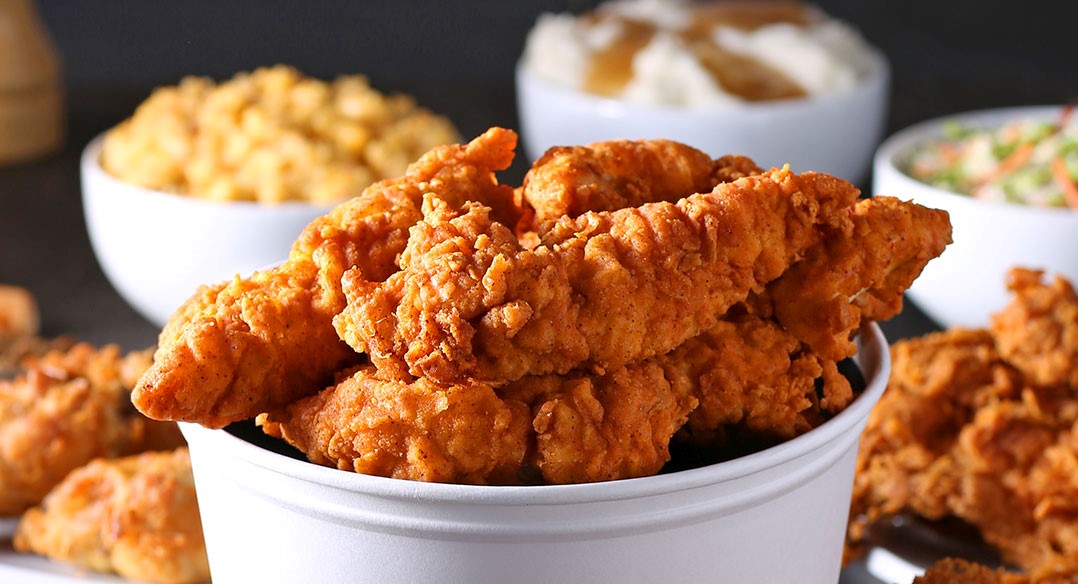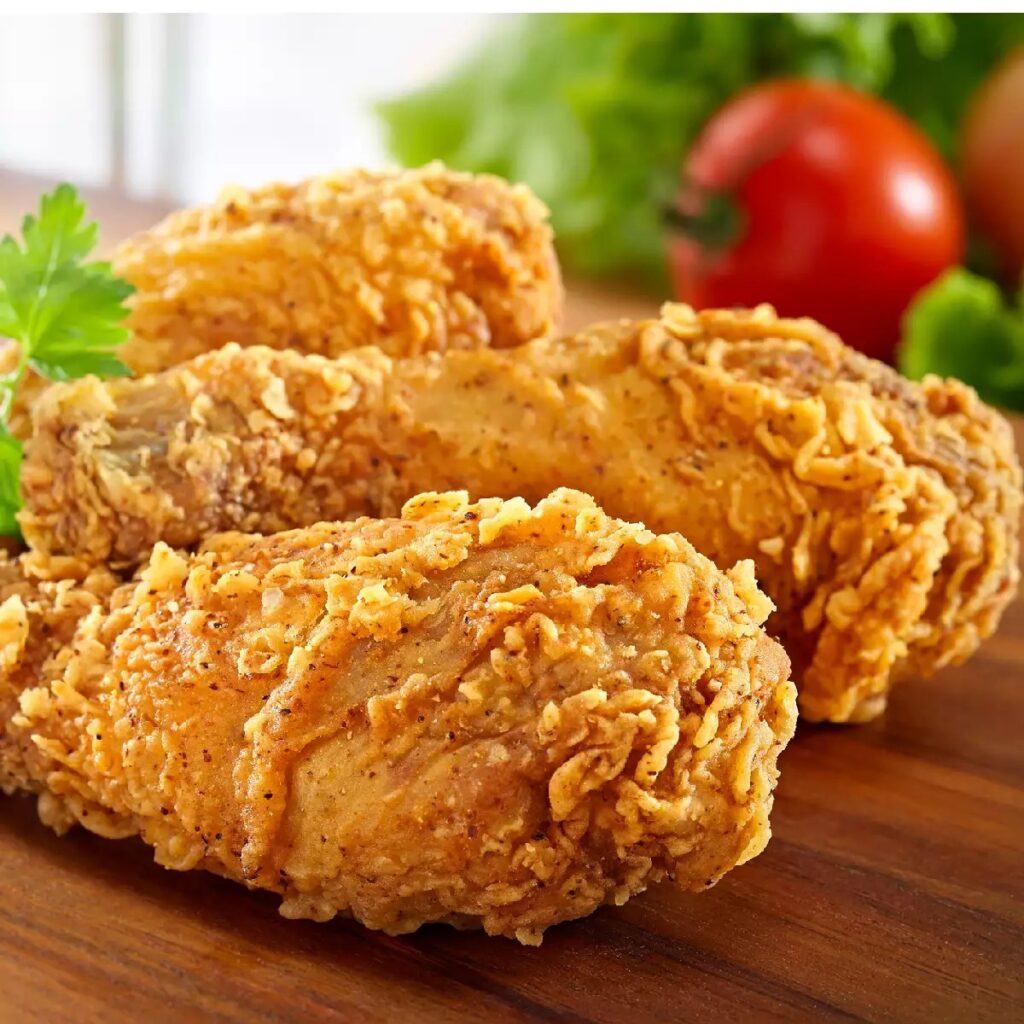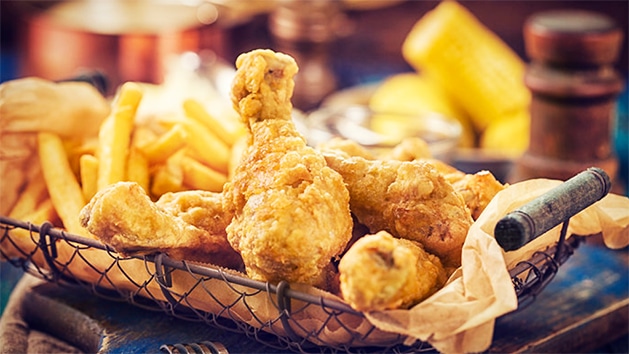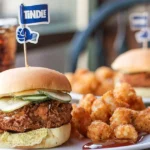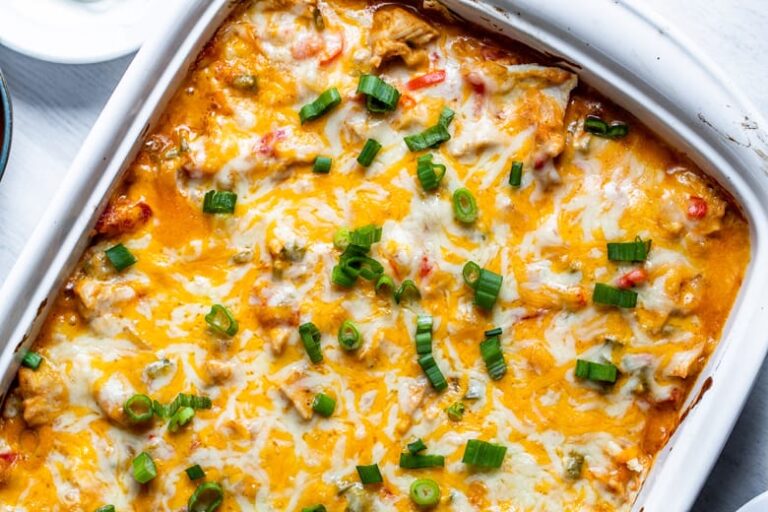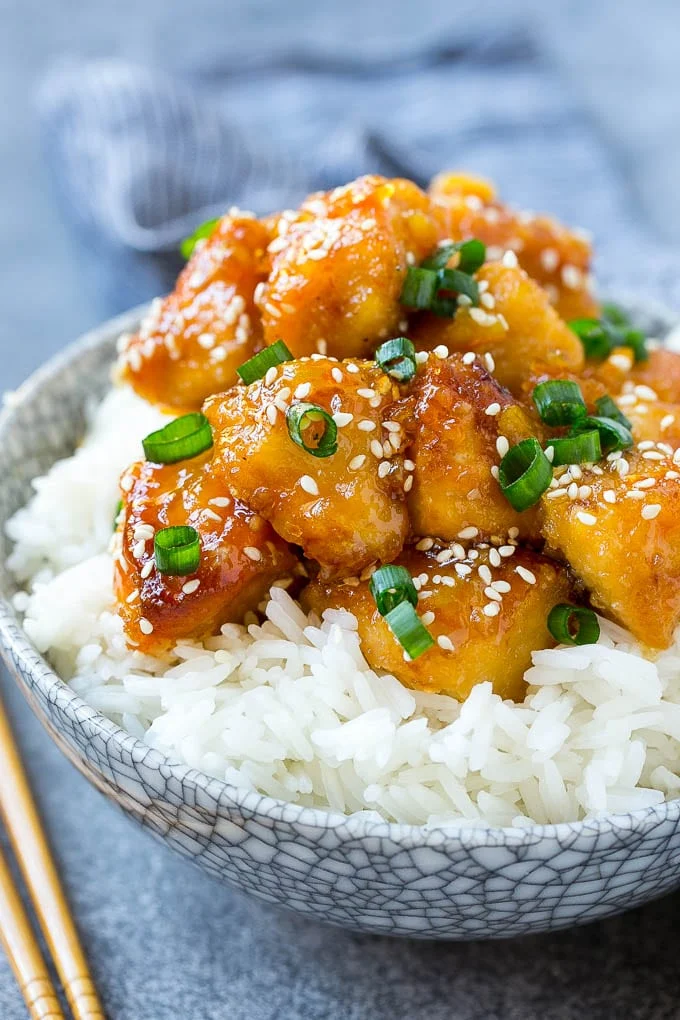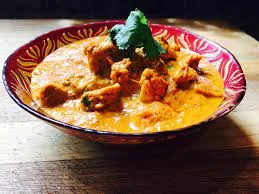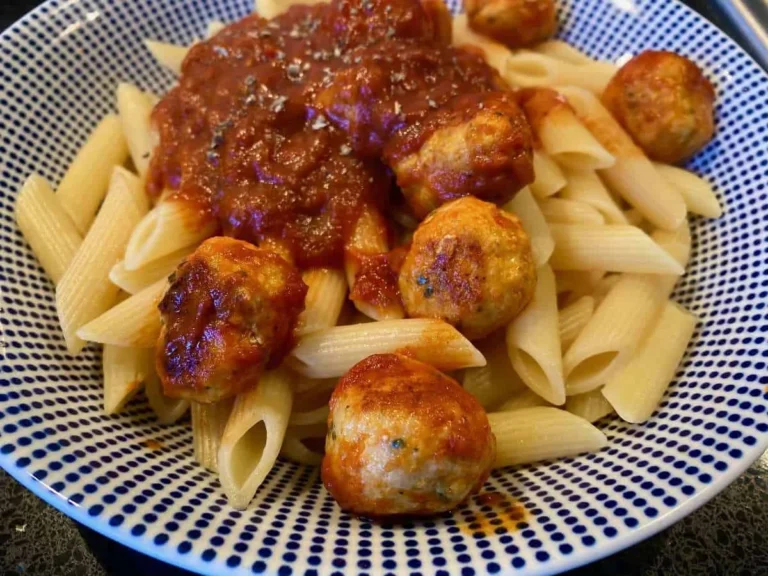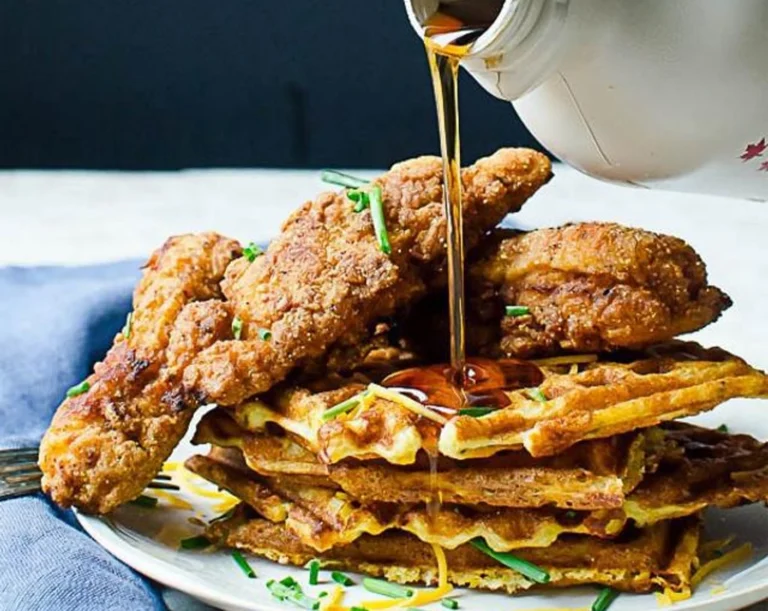Hannah Glasse Fried Chicken Recipe
If you’ve ever craved a deliciously crispy and golden piece of fried chicken, you’re not alone. Fried chicken is a beloved comfort food that has captured the hearts and taste buds of people around the world. In this article, we’ll take a deep dive into the world of fried chicken, exploring its origins, the art of cooking it to perfection, and why it’s celebrated on National Fried Chicken Day every July 6th. So, if you’re a fried chicken enthusiast or simply looking for the best-fried chicken recipe, keep reading because this article is worth every crispy bite!
Contents
- 1 The Origins of Fried Chicken: Who Invented Fried Chicken?
- 2 Fried Chicken through the Ages: A History Lesson
- 3 The Evolution of Fried Chicken: From Hannah Glasse to Kentucky Fried Chicken
- 4 The Legacy of Fried Chicken: A Dish That’s Here to Stay
- 5 Hannah Glasse Fried Chicken Recipe
- 6 Nutritional Content:
- 7 Frequently Asked Questions (FAQs):
- 8 Is the Brenda Gantt Chicken and Dressing Recipe Similar to the Hannah Glasse Fried Chicken Recipe?
- 9 Conclusion
The Origins of Fried Chicken: Who Invented Fried Chicken?
Did you ever wonder who first had the brilliant idea of frying chicken to crispy perfection? The origins of fried chicken are a bit murky, but there’s evidence to suggest that it dates back to West African cooking traditions. It’s believed that African slaves brought their deep-frying techniques to the United States during the colonial era.
The first written recipe for fried chicken appeared in 1747, courtesy of English cook Hannah Glasse. Her cookbook, “The Art of Cookery Made Plain and Easy,” included instructions for marinating the chicken in a flavorful mixture before frying it. This marked a significant moment in the history of fried chicken, as it was one of the earliest known written recipes for this American-style dish.
Fried Chicken through the Ages: A History Lesson
How did fried chicken evolve from a delicacy to a beloved fast-food staple? Fried chicken started as an expensive delicacy, enjoyed by the elite due to the high cost of ingredients and labor-intensive preparation. However, as the recipe became more accessible and affordable, it began to appear in cookbooks and restaurants.
Colonel Harland Sanders, the founder of Kentucky Fried Chicken (KFC), played a pivotal role in popularizing fried chicken in the 20th century. He began franchising his Kentucky Fried Chicken restaurants, introducing the world to his famous “finger-licking good” fried chicken. Today, KFC is a global phenomenon, and fried chicken restaurants can be found in nearly every corner of the world.
The Evolution of Fried Chicken: From Hannah Glasse to Kentucky Fried Chicken
How did fried chicken evolve from Hannah Glasse’s recipe to becoming a global phenomenon? Hannah Glasse’s recipe for fried chicken was just the beginning. Over the years, it underwent various transformations, with each region adding its unique twist to the dish.
The invention of Kentucky Fried Chicken by Colonel Sanders marked a turning point in fried chicken’s history. His secret blend of “eleven herbs and spices” became the stuff of legends, and his fast-food empire introduced millions to the joy of crispy fried chicken.
The Legacy of Fried Chicken: A Dish That’s Here to Stay
What does the future hold for fried chicken? Fried chicken continues to evolve and adapt to the changing tastes of generations. Innovations like chicken sandwiches and boneless tenders have kept the dish fresh and exciting for new audiences.
As long as people crave the delightful combination of crispy, flavorful chicken, fried chicken will remain a beloved and enduring part of culinary history.
Hannah Glasse Fried Chicken Recipe
4
servings30
30
minutes1200
kcalIngredients
4 bone-in, skin-on chicken thighs
1 cup all-purpose flour
1 teaspoon salt
1/2 teaspoon black pepper
1/2 teaspoon paprika
Vegetable oil for frying
Directions
- Rinse the chicken thighs under cold water and pat them dry with paper towels. This step ensures your chicken is clean and allows the coating to adhere better.
- In a small bowl, combine the salt, black pepper, and paprika. Sprinkle this seasoning mixture evenly over both sides of the chicken thighs. Make sure to rub the seasoning into the meat for maximum flavor.
- In a shallow dish, spread out the flour. Dredge each seasoned chicken thigh in the flour, ensuring an even coating. Shake off any excess flour.
- In a deep skillet or frying pan, pour enough vegetable oil to submerge the chicken halfway. Heat the oil over medium-high heat until it reaches 350°F (180°C). You can test the oil's readiness by dropping a small piece of flour-coated chicken into the pan. If it sizzles and bubbles, it's ready.
- Carefully place the coated chicken thighs into the hot oil, skin side down. Fry for about 8-10 minutes per side, or until the chicken is golden brown and crispy. Use tongs to flip the chicken halfway through the cooking time.
- Once the chicken is cooked through and the skin is crispy, remove it from the oil and place it on a plate lined with paper towels to drain any excess oil. Let it rest for a few minutes before serving.
Nutritional Content:
- Calories: 300-350 kcal
- Protein: 20-25 grams
- Carbohydrates: 15-20 grams
- Fat: 15-20 grams
- Fiber: 1-2 grams
- Sodium: 500-600 mg
Frequently Asked Questions (FAQs):
1. Can I use boneless chicken for this recipe?
While bone-in, skin-on chicken thighs are traditionally used for fried chicken recipes, you can use boneless chicken if you prefer. Just adjust the cooking time to ensure it’s cooked through and the coating is crispy.
2. What oil is best for frying chicken?
Vegetable oil, peanut oil, or canola oil are commonly used for frying chicken due to their high smoke points. Choose an oil with a neutral flavor to let the chicken’s seasoning shine.
3. Can I make this recipe gluten-free?
Yes, you can make a gluten-free version by using a gluten-free flour blend or almond flour instead of all-purpose flour. Be sure to check that all other ingredients, including the paprika, are gluten-free.
4. How do I ensure my fried chicken is crispy?
To achieve crispy fried chicken, make sure your oil is at the right temperature (350°F or 180°C) before frying. Additionally, let the chicken rest on a wire rack after frying to prevent it from becoming soggy.
5. What are some good side dishes to serve with fried chicken?
Fried chicken pairs wonderfully with classic sides like mashed potatoes, coleslaw, cornbread, and greens. You can also add a drizzle of honey or hot sauce for extra flavor.
Is the Brenda Gantt Chicken and Dressing Recipe Similar to the Hannah Glasse Fried Chicken Recipe?
Is the Brenda Gantt Chicken and Dressing Recipe Similar to the Hannah Glasse Fried Chicken Recipe? While both recipes feature chicken as the main ingredient, they differ in preparation and flavors. Brenda gantt’s southern-style chicken and dressing highlights the comforting blend of tender chicken with savory dressing, creating a rich and flavorful dish. On the other hand, Hannah Glasse’s fried chicken recipe focuses on the crispy, golden crust and succulent meat that characterize this classic fried delight. Despite their differing approaches, both recipes offer delicious options for chicken enthusiasts.
Conclusion
From its humble origins in West African cooking traditions to becoming a global culinary sensation, fried chicken has a rich and flavorful history. Whether you’re celebrating National Fried Chicken Day or simply craving a piece of crispy perfection, understanding the roots of this beloved comfort food adds depth to every delicious bite. So, the next time you enjoy a plate of fried chicken, remember the legacy of Hannah Glasse, Colonel Sanders, and the countless cooks who’ve perfected the art of frying chicken to golden perfection.
